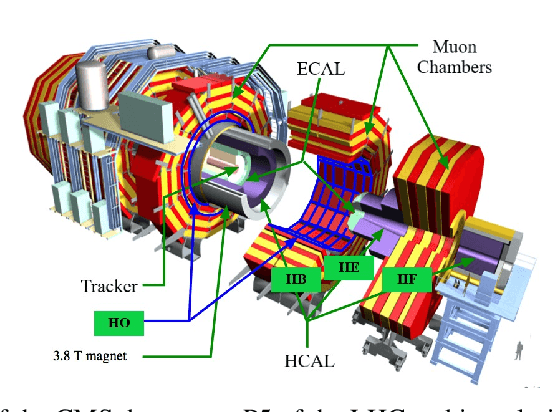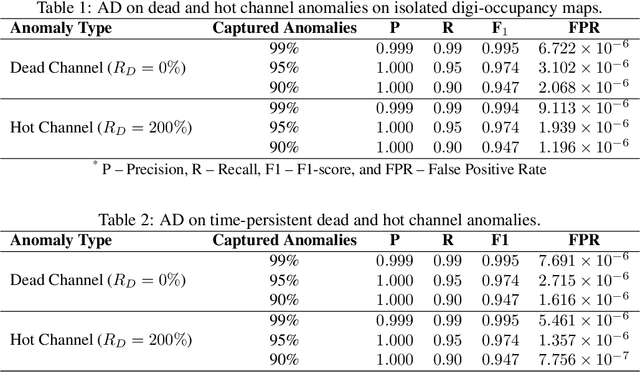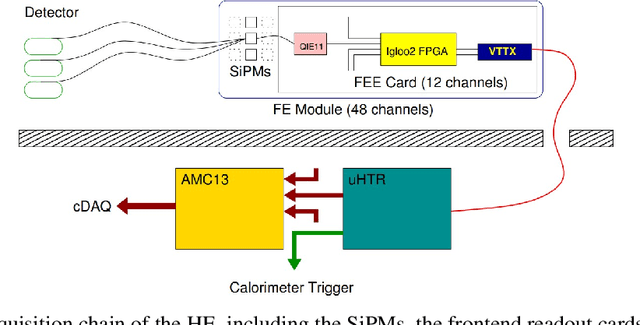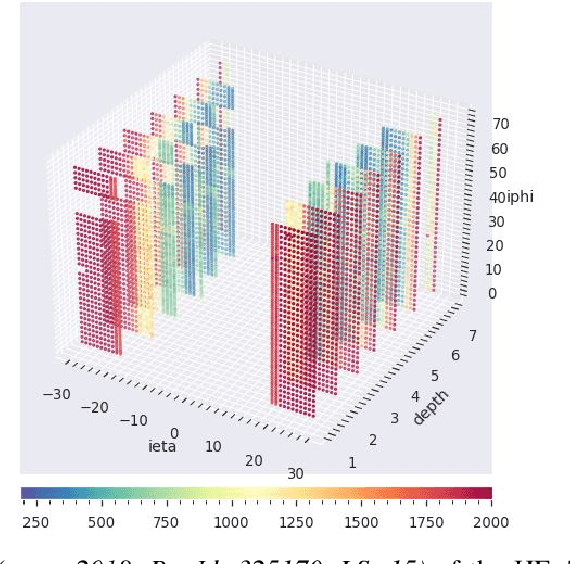Christian Walter Omlin
Scalable Temporal Anomaly Causality Discovery in Large Systems: Achieving Computational Efficiency with Binary Anomaly Flag Data
Dec 16, 2024Abstract:Extracting anomaly causality facilitates diagnostics once monitoring systems detect system faults. Identifying anomaly causes in large systems involves investigating a more extensive set of monitoring variables across multiple subsystems. However, learning causal graphs comes with a significant computational burden that restrains the applicability of most existing methods in real-time and large-scale deployments. In addition, modern monitoring applications for large systems often generate large amounts of binary alarm flags, and the distinct characteristics of binary anomaly data -- the meaning of state transition and data sparsity -- challenge existing causality learning mechanisms. This study proposes an anomaly causal discovery approach (AnomalyCD), addressing the accuracy and computational challenges of generating causal graphs from binary flag data sets. The AnomalyCD framework presents several strategies, such as anomaly flag characteristics incorporating causality testing, sparse data and link compression, and edge pruning adjustment approaches. We validate the performance of this framework on two datasets: monitoring sensor data of the readout-box system of the Compact Muon Solenoid experiment at CERN, and a public data set for information technology monitoring. The results demonstrate the considerable reduction of the computation overhead and moderate enhancement of the accuracy of temporal causal discovery on binary anomaly data sets.
Low-Latency Video Anonymization for Crowd Anomaly Detection: Privacy vs. Performance
Oct 24, 2024



Abstract:Recent advancements in artificial intelligence promise ample potential in monitoring applications with surveillance cameras. However, concerns about privacy and model bias have made it challenging to utilize them in public. Although de-identification approaches have been proposed in the literature, aiming to achieve a certain level of anonymization, most of them employ deep learning models that are computationally demanding for real-time edge deployment. In this study, we revisit conventional anonymization solutions for privacy protection and real-time video anomaly detection (VAD) applications. We propose a novel lightweight adaptive anonymization for VAD (LA3D) that employs dynamic adjustment to enhance privacy protection. We evaluated the approaches on publicly available privacy and VAD data sets to examine the strengths and weaknesses of the different anonymization techniques and highlight the promising efficacy of our approach. Our experiment demonstrates that LA3D enables substantial improvement in the privacy anonymization capability without majorly degrading VAD efficacy.
Data Quality Monitoring through Transfer Learning on Anomaly Detection for the Hadron Calorimeters
Aug 29, 2024Abstract:The proliferation of sensors brings an immense volume of spatio-temporal (ST) data in many domains for various purposes, including monitoring, diagnostics, and prognostics applications. Data curation is a time-consuming process for a large volume of data, making it challenging and expensive to deploy data analytics platforms in new environments. Transfer learning (TL) mechanisms promise to mitigate data sparsity and model complexity by utilizing pre-trained models for a new task. Despite the triumph of TL in fields like computer vision and natural language processing, efforts on complex ST models for anomaly detection (AD) applications are limited. In this study, we present the potential of TL within the context of AD for the Hadron Calorimeter of the Compact Muon Solenoid experiment at CERN. We have transferred the ST AD models trained on data collected from one part of a calorimeter to another. We have investigated different configurations of TL on semi-supervised autoencoders of the ST AD models -- transferring convolutional, graph, and recurrent neural networks of both the encoder and decoder networks. The experiment results demonstrate that TL effectively enhances the model learning accuracy on a target subdetector. The TL achieves promising data reconstruction and AD performance while substantially reducing the trainable parameters of the AD models. It also improves robustness against anomaly contamination in the training data sets of the semi-supervised AD models.
Lightweight Multi-System Multivariate Interconnection and Divergence Discovery
Apr 12, 2024Abstract:Identifying outlier behavior among sensors and subsystems is essential for discovering faults and facilitating diagnostics in large systems. At the same time, exploring large systems with numerous multivariate data sets is challenging. This study presents a lightweight interconnection and divergence discovery mechanism (LIDD) to identify abnormal behavior in multi-system environments. The approach employs a multivariate analysis technique that first estimates the similarity heatmaps among the sensors for each system and then applies information retrieval algorithms to provide relevant multi-level interconnection and discrepancy details. Our experiment on the readout systems of the Hadron Calorimeter of the Compact Muon Solenoid (CMS) experiment at CERN demonstrates the effectiveness of the proposed method. Our approach clusters readout systems and their sensors consistent with the expected calorimeter interconnection configurations, while capturing unusual behavior in divergent clusters and estimating their root causes.
Spatio-Temporal Anomaly Detection with Graph Networks for Data Quality Monitoring of the Hadron Calorimeter
Nov 07, 2023



Abstract:The compact muon solenoid (CMS) experiment is a general-purpose detector for high-energy collision at the large hadron collider (LHC) at CERN. It employs an online data quality monitoring (DQM) system to promptly spot and diagnose particle data acquisition problems to avoid data quality loss. In this study, we present semi-supervised spatio-temporal anomaly detection (AD) monitoring for the physics particle reading channels of the hadronic calorimeter (HCAL) of the CMS using three-dimensional digi-occupancy map data of the DQM. We propose the GraphSTAD system, which employs convolutional and graph neural networks to learn local spatial characteristics induced by particles traversing the detector, and global behavior owing to shared backend circuit connections and housing boxes of the channels, respectively. Recurrent neural networks capture the temporal evolution of the extracted spatial features. We have validated the accuracy of the proposed AD system in capturing diverse channel fault types using the LHC Run-2 collision data sets. The GraphSTAD system has achieved production-level accuracy and is being integrated into the CMS core production system--for real-time monitoring of the HCAL. We have also provided a quantitative performance comparison with alternative benchmark models to demonstrate the promising leverage of the presented system.
 Add to Chrome
Add to Chrome Add to Firefox
Add to Firefox Add to Edge
Add to Edge